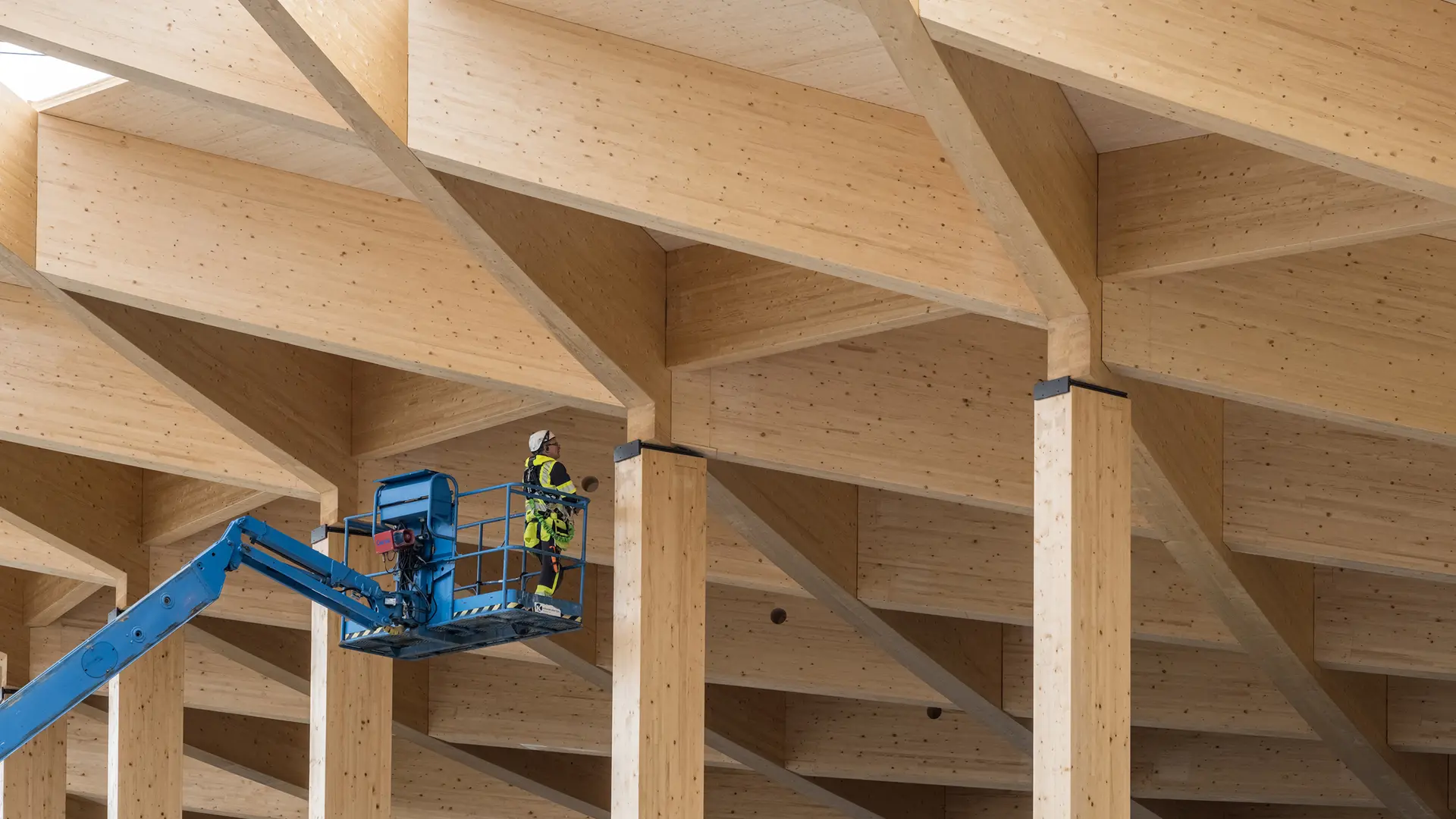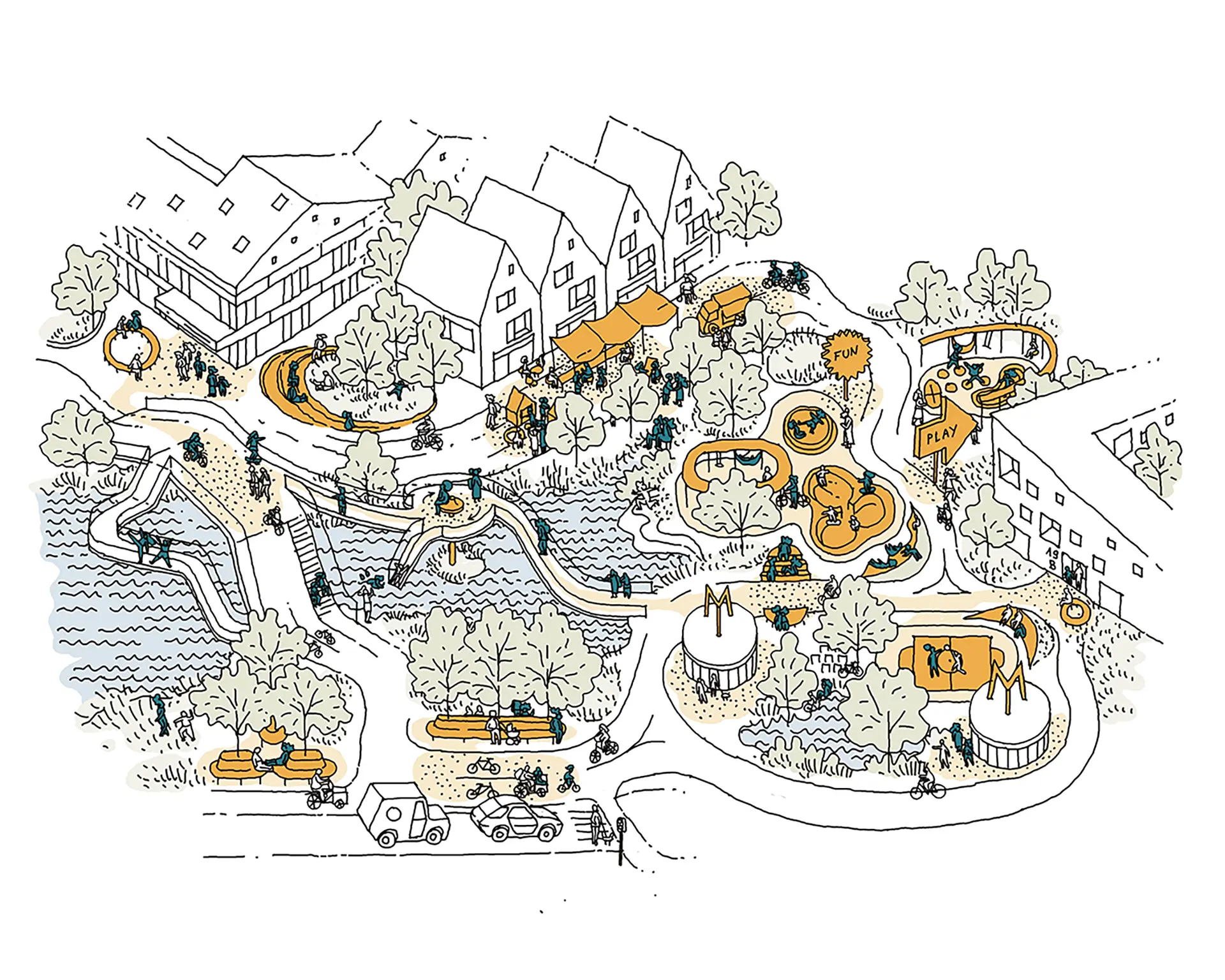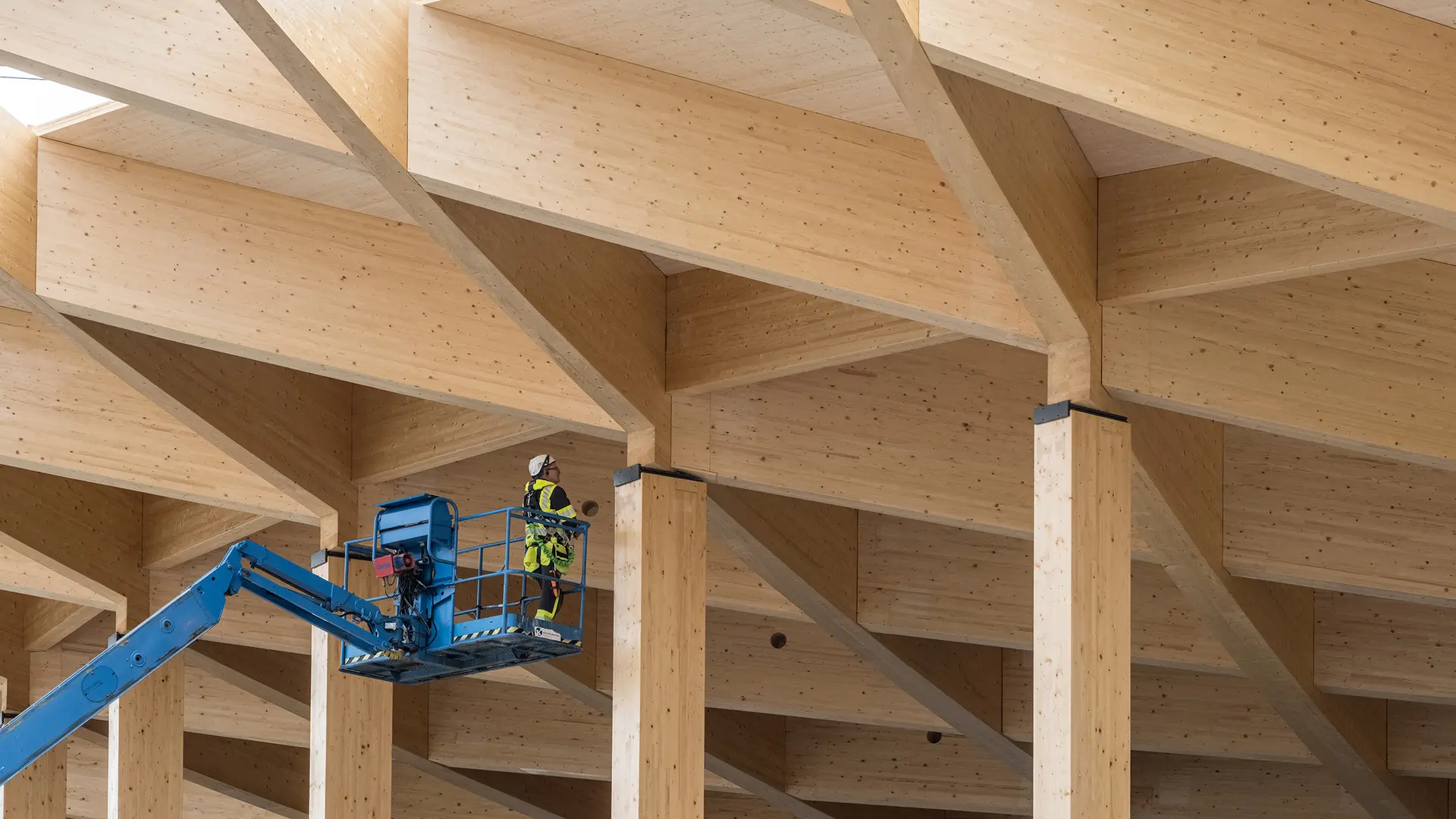Q&A: Exploring wellness, aesthetics and emotion through Lighting Design

Within architecture, lighting design blends engineering and artistry. Lighting Designer Pernille Bech-Larsen explains how good lighting design can encourage wellness, evoke emotion, and change our behavior in the built environment.
Put simply, what is your responsibility as a lighting designer? How does lighting design fit into the overall building design process?
We work in the balance between aesthetic and technical considerations. As a lighting designer, my priority is to make sure that the lighting design complements the architectural vision, rather than looking like an afterthought. Henning Larsen is somewhat unusual in our approach to lighting design, because not many architecture firms have in-house lighting designers. This enables us to consider the lighting setups in the early stages of the design process and allows us to make sure that both daylight and artificial lighting work in tandem with the initial architectural vision, instead of adapting to an existing concept and structure.
It sounds like lighting design is more than just a matter of functionality – Is there an emotional component to consider? What does this mean for us as building users?
Light is a storytelling tool. In the way that a certain smell might remind you of your grandparents’ home, for example, light can also prompt specific emotional impressions. You can use this to brand a building and to make it stand out, but you can also use it to guide people’s attention and behavior in interior spaces. It’s all about using light to remind users of conditions they know but perhaps have never thought about, and create a link with the behaviors they associate with those spaces. We try to create different situations and moods, such as by using lower-height, small-scale lighting for a more focused, human-scale environment, and elevated broad lighting for larger groups of people in conference rooms. Our goal is to use light to enhance the different contexts, and functions within a given space.
Architects and designers are starting to pay more attention, and invest more, in finding good lighting solutions for their buildings. Why does good lighting matter?
We’re starting to recognize how important good lighting, and especially daylight, is to the people inside a building. The right lighting can help school kids or office workers keep focused, support the function of a space and add a feeling of comfort and wellbeing. Activity, productivity and sleep are all subject to lighting conditions, and they tend not to thrive in a dark box lit by fluorescent tubes. Human beings have a need for daylight and vitamin D, but as we spend more time indoors, we want to create the best possible conditions. Being able to look outside and experience the changing light, to have exposure to something green and living adds a little boost of energy to everyday focus and productivity.
When designing with daylight and artificial lighting, how do we find a balance between the two?
We know daylight is restorative to humans. But our modern lifestyles can make it hard to get exposure to natural light -- Most people spend the majority of the day’s sunlight hours indoors. In Denmark, and a lot of other countries, this means that you get practically no direct sunlight for a good portion of the year. This is a problem for many of us, unless your workplace offers good exposure to daylight and you make sure to eat your lunch outside. Artificial light comes in when we’re exploring how we can improve indoor life in the absence of daylight. We cannot ignore artificial lighting – There are so many situations where it is simply not possible to get enough light without it, and so we must consider the nuances and applications of artificial lighting if we are to design with light as an artistic and technical element. As a lighting designer, artificial lighting -- and especially the control we have over it -- is an important tool in creating beautiful, practical and healthful environments.
Pernille Bech-Larsen holds a master’s degree in Lighting Design from Aalborg University, Copenhagen. Her background in lighting design emphasizes her understanding of combining daylight and artificial lighting and thus enhancing the architectural quality through the added light. She is presently a Lighting Designer with Henning Larsen’s Sustainability Department.



